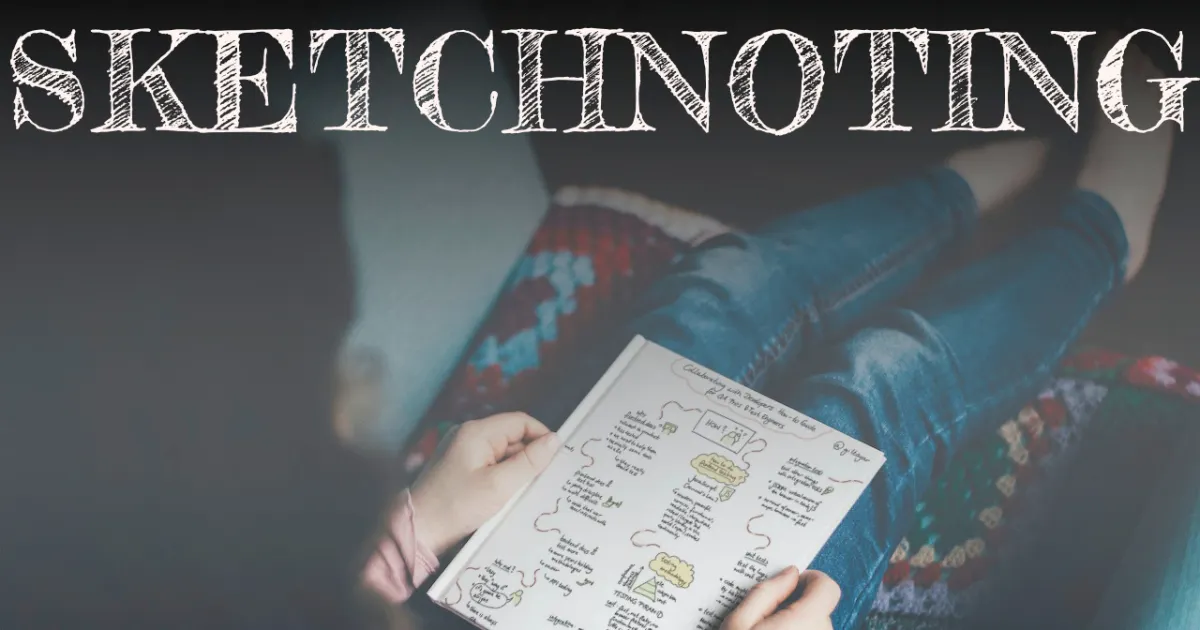How Sketchnoting Can Help You Test Better
Draw Your Way To Better Tests
How many times have you and your team sat in a meeting together and discussed something that could be tested? How many times have you huddled together over a whiteboard with marker in hand to test some aspect of your user experience or customer journey? How many times have you tested something only to find out that it didn’t work? Testing is hard. It takes time, energy, and effort. If you’re like most people, though, it’s not your favorite thing to do. It’s interesting enough as a concept but in practice, it can be monotonous and frustrating. Luckily, there are ways to make testing easier without sacrificing quality or impact. One technique that has been showing up more frequently among software developers is called sketchnoting. While it might sound cryptic and unrelated to software testing, the principles of sketchnoting can be used as an effective tool for testing product logic, user flows, and user experiences.

What is Sketchnoting?
Sketchnoting is a visual note-taking technique that combines sketching and note-taking. With sketchnoting, you use visuals to help you remember information. Visuals can be sketches, diagrams, charts, graphs, and other visuals you can use to visually represent data or content. Sketchnoting is a great way to organize your thoughts when taking notes. It also helps you to better recall the information you’ve written down. Sketchnoting can be done with pen and paper, whiteboards, or a combination of the two. It does not need to be elaborate; it can be as simple as drawing shapes and arrows to connect ideas. When taking notes, your goal is to record the key points or main thoughts that are relevant to the discussion.
How Can Sketching Help You Test Better?
Sketchnoting is a powerful tool that can help you test better by helping you organize your thoughts, visually represent important data, and give your team a common language of ideas and concepts. You can use sketchnoting to organize your thoughts around test ideas, user flows, and product concepts. Visuals can help you quickly identify gaps in your ideas and instantly see how they might affect other concepts. Sketchnoting can also be used in the testing process to represent data relevant to a test visually.
Benefits of Sketchnoting for Testing
Visuals help you better retain information - - Visuals create a connection in your brain that more closely links information with imagery. This makes it easier for your mind to recall information. Visuals inspire collaboration - - Having visuals on your whiteboard or in your notebooks can help encourage collaboration and facilitate conversation. Visuals help build understanding - - Visuals can be used to help you build common understanding and create a shared vocabulary among your team. Visuals can also be used to help stakeholders better understand the product by representing data and user flows in a visual way. Visuals help you notice gaps and inconsistencies - - Visuals can help you identify gaps and inconsistencies in your product. Visuals help you see things that might be easy to miss when looking at written words alone.
How to Use Sketching to Test Your Product
Sketchnoting can be used in many different ways during testing. You can use it to diagram user flows, create visual representations of your journey map, or visually brainstorm new ideas and ways to test your product. To create visual representations of your journey map, sketch out what you see in your mind’s eye. To visually brainstorm new ideas, try sketching out different concepts or paths your testing could take. To diagram user flows, use shapes and arrows to visually represent the paths your users take through the product.
Final Words
Sketchnoting is a powerful technique that can be used in many different ways. You can use it to brainstorm new ideas, to diagram user flows and journeys, and visually represent important data. Sketchnoting can help you better retain information, inspire collaboration, and build a shared vocabulary among your team. It can also help you notice gaps and inconsistencies and build a common understanding of the product.
